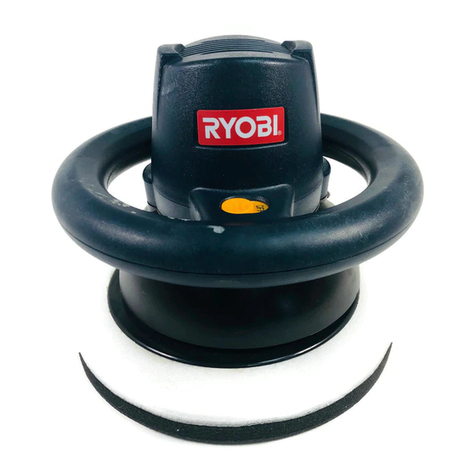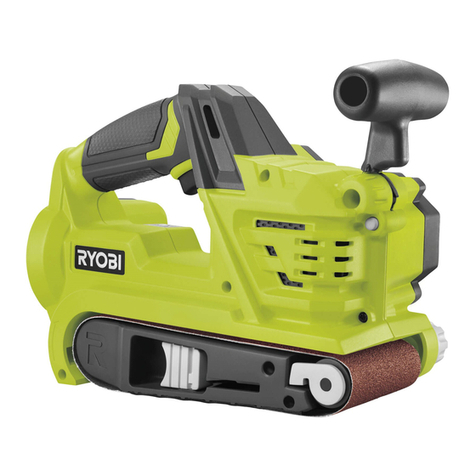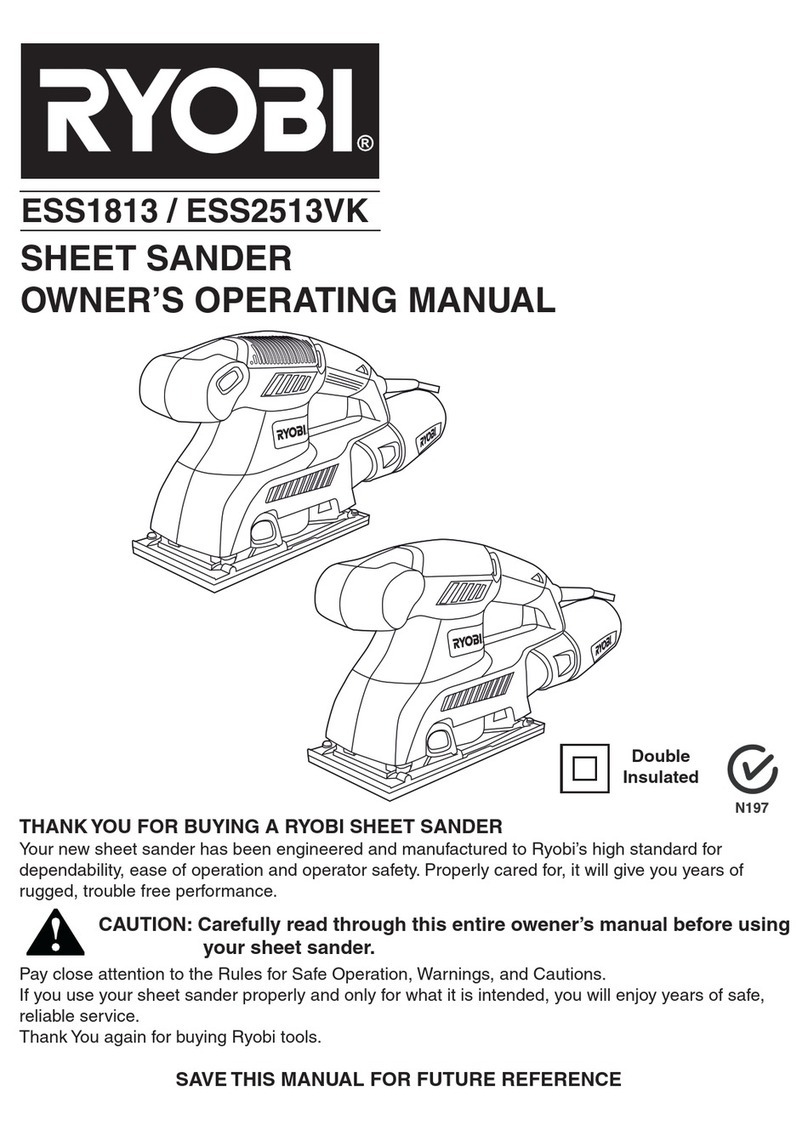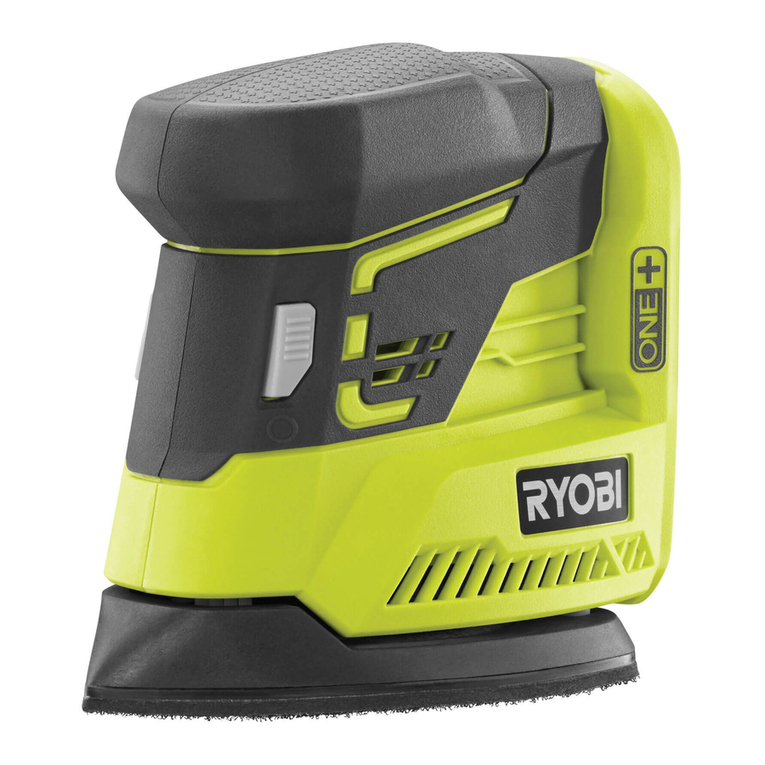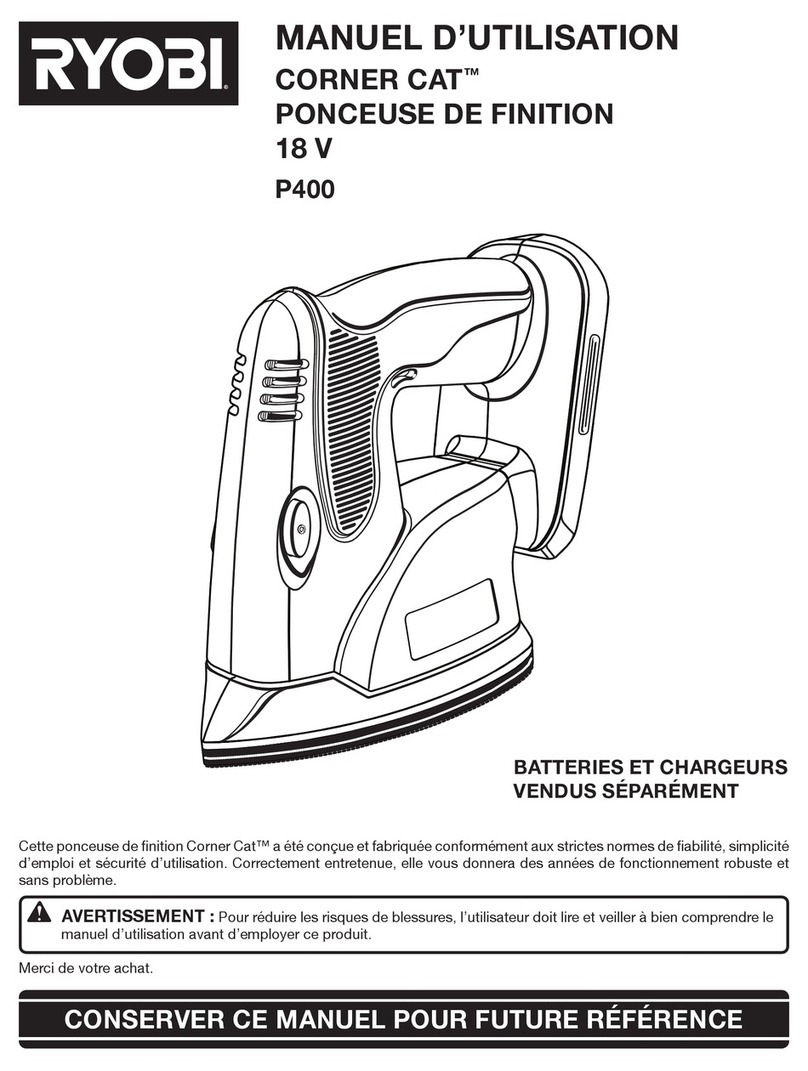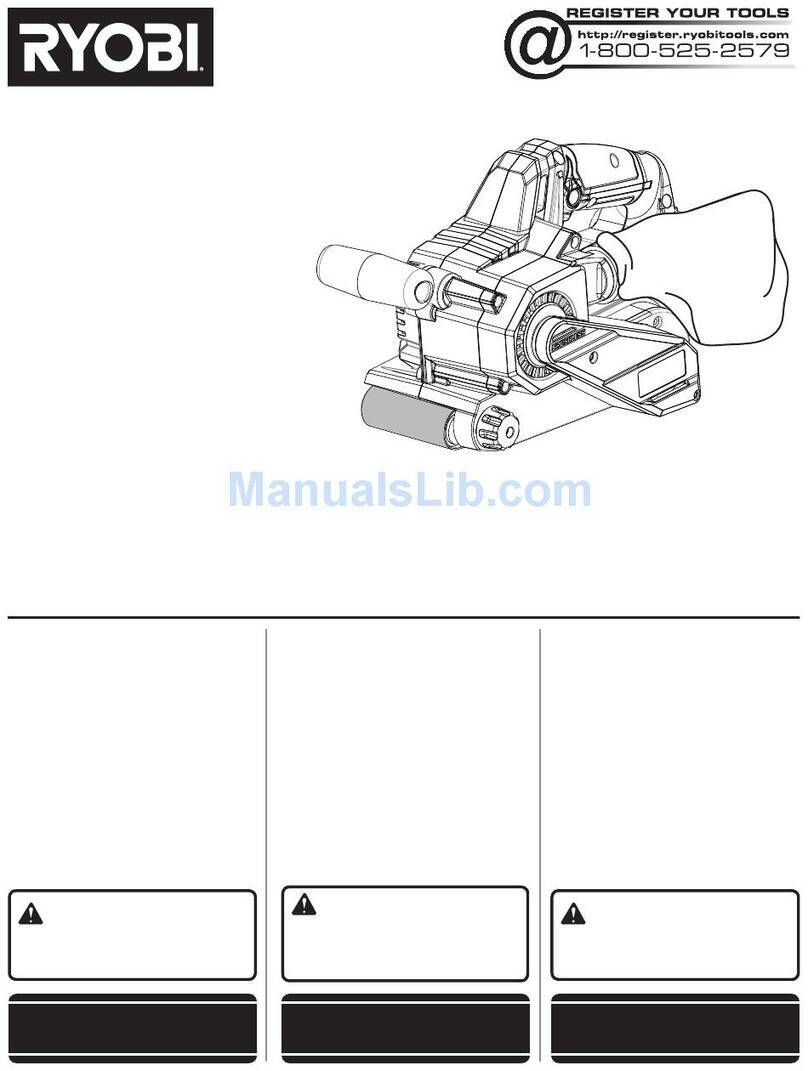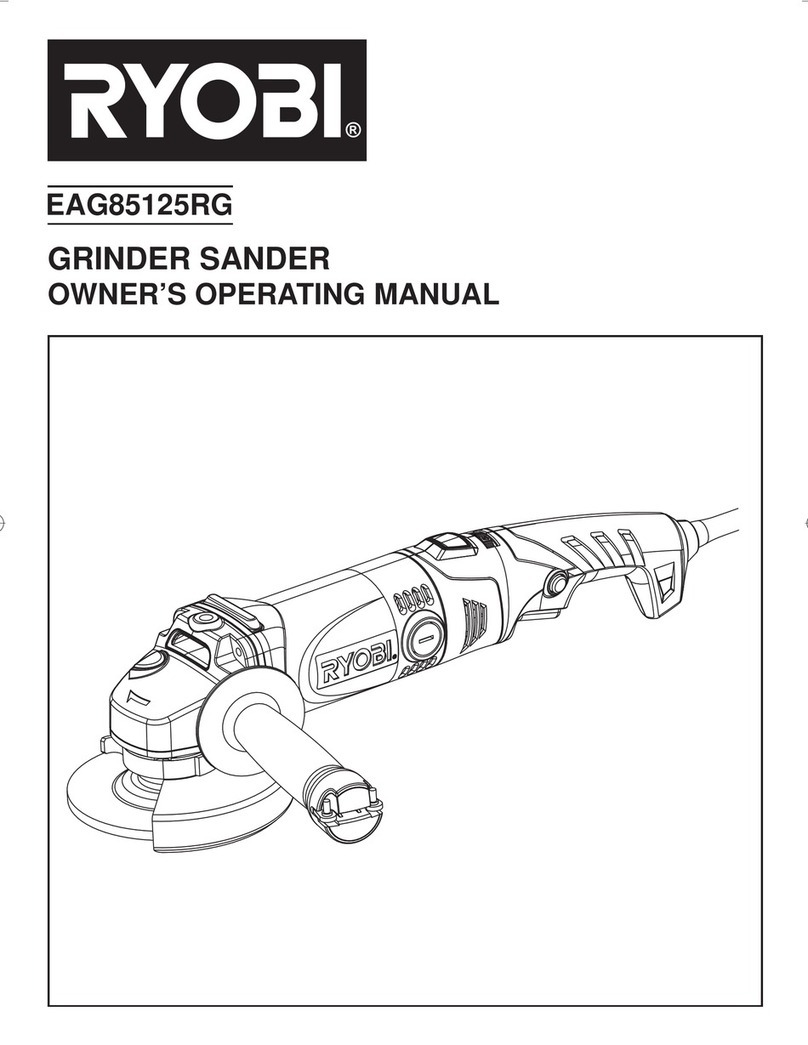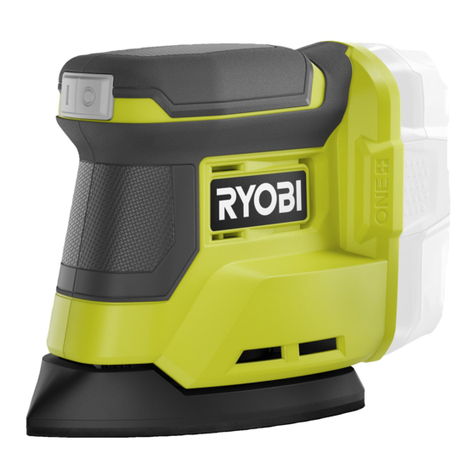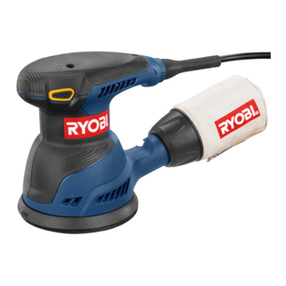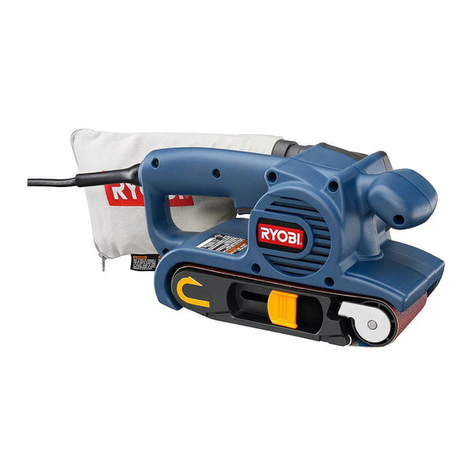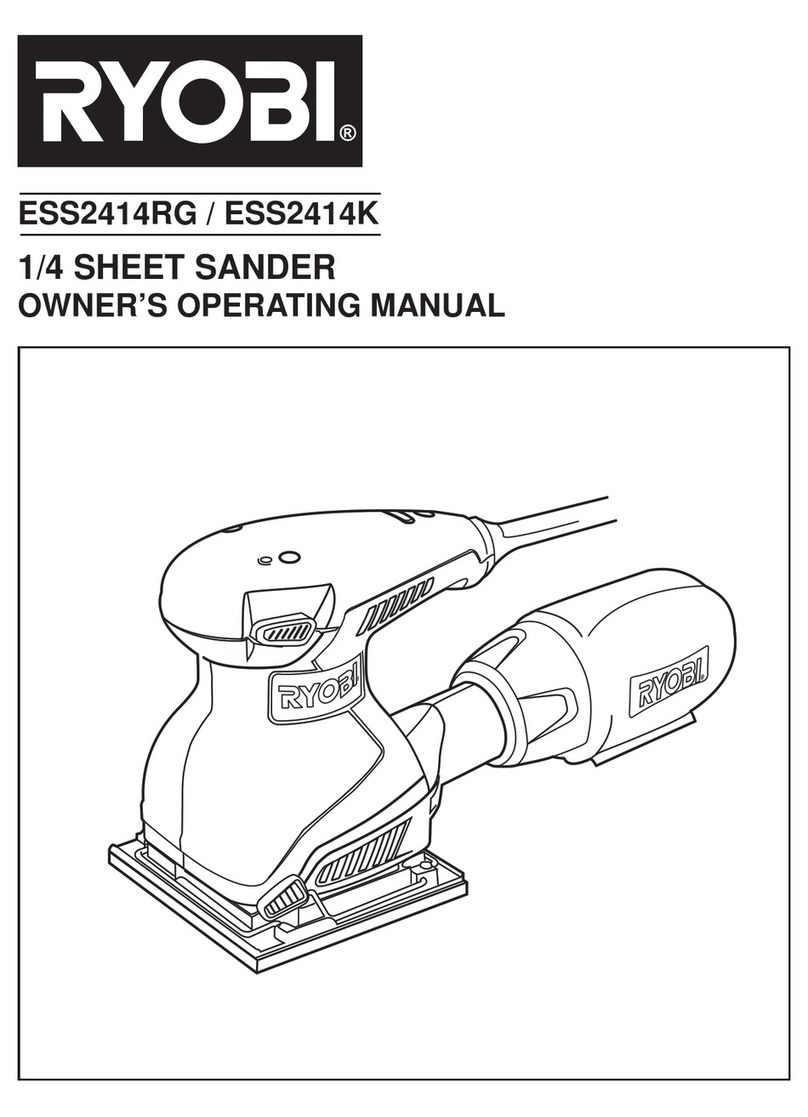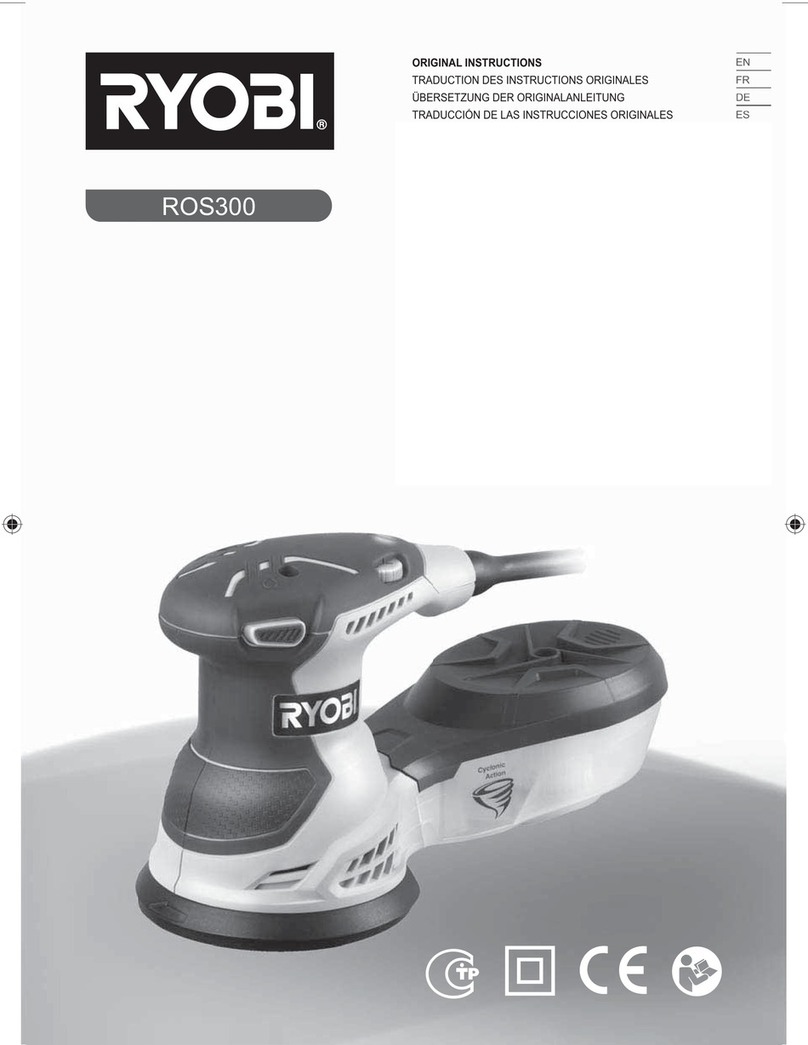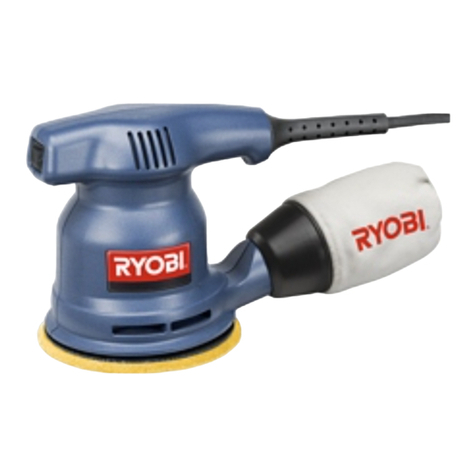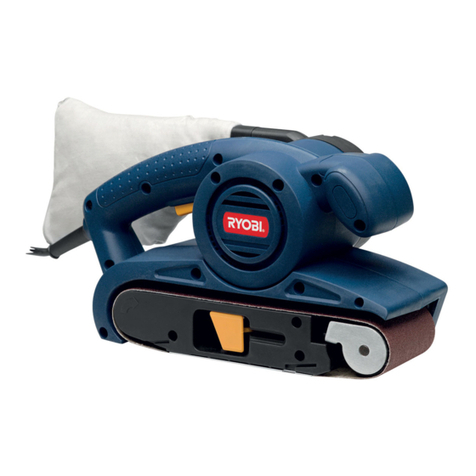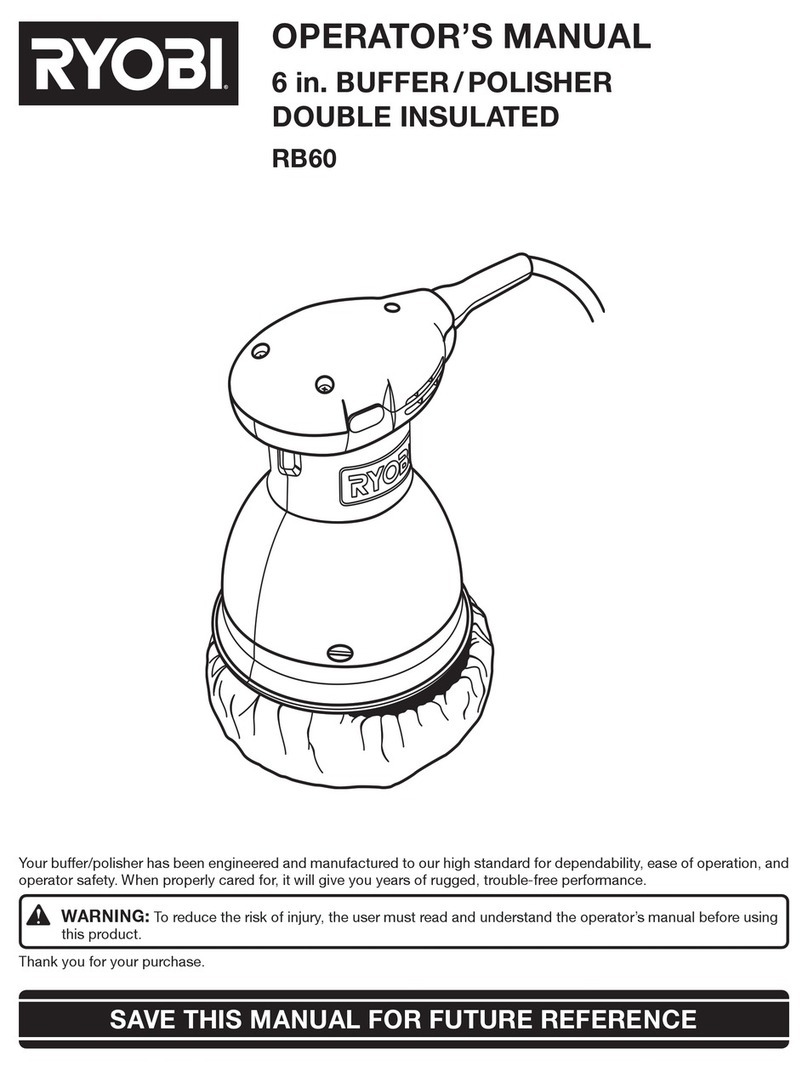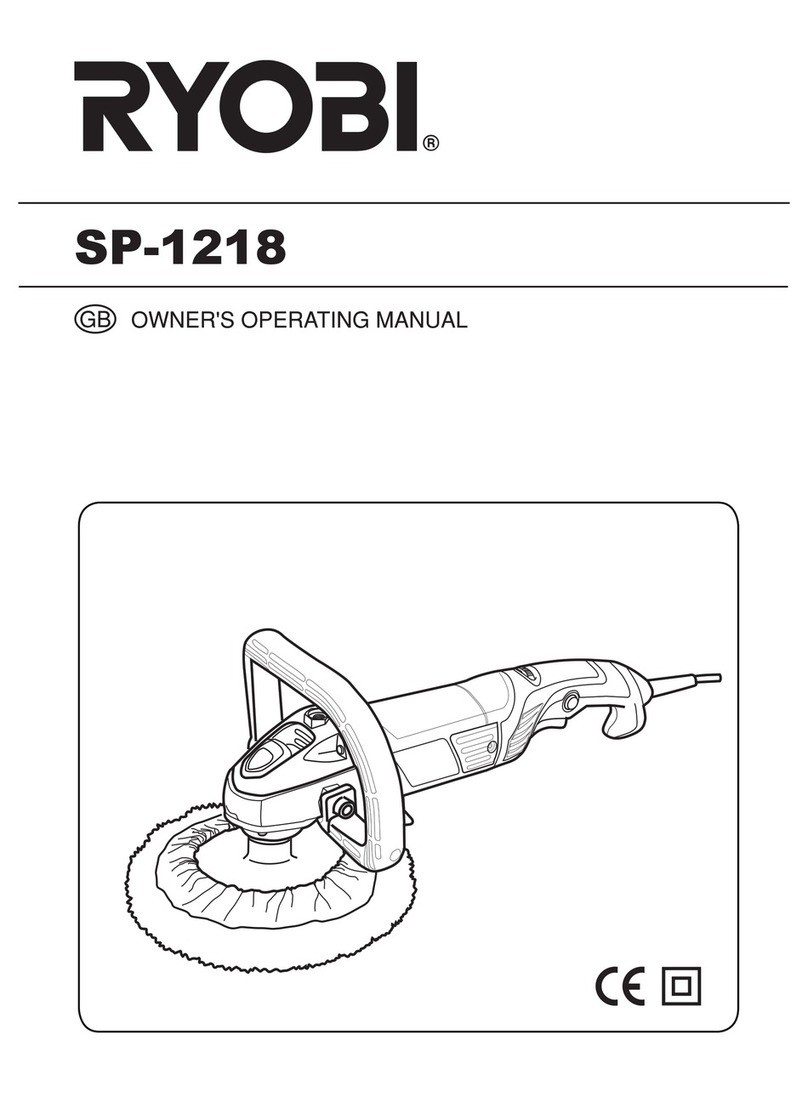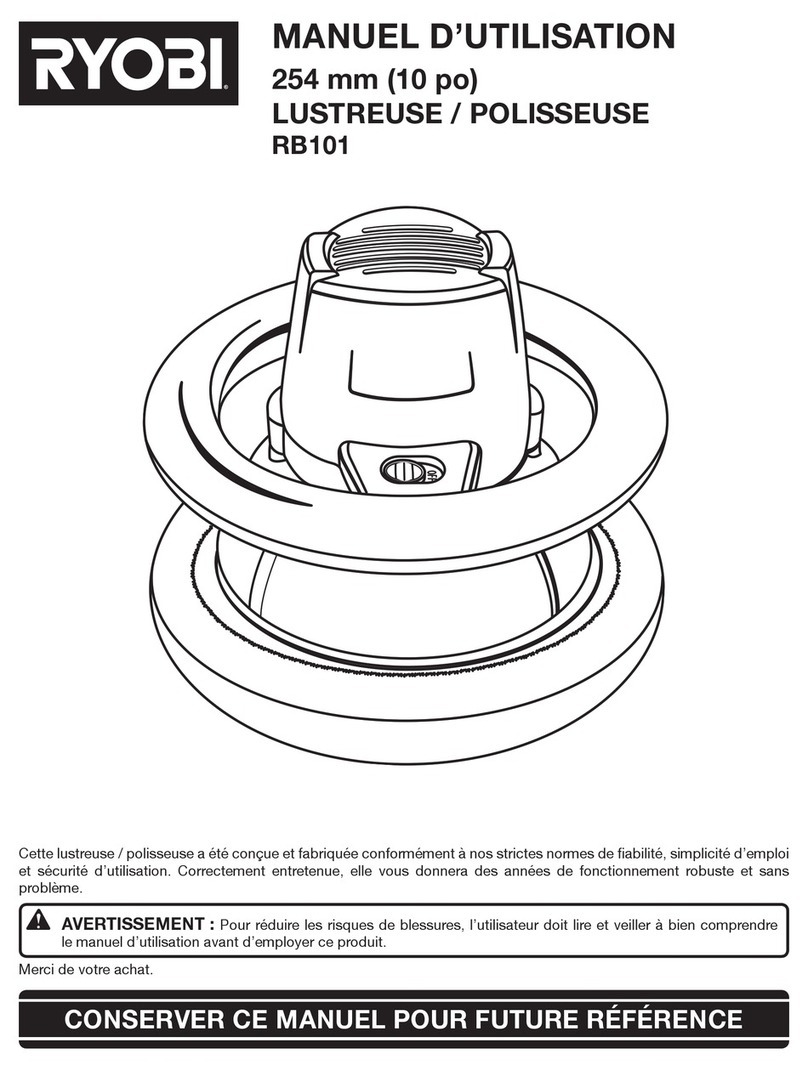
■Store idle power tools out of the reach of children
and do not allow persons unfamiliar with the power
tool or these instructions to operate the power tool.
Power tools are dangerous in the hands of untrained
users.
■Maintain power tools and accessories. Check for
misalignment or binding of moving parts, breakage
of parts and any other condition that may affect the
power tool’s operation. If damaged, have the power
tool repaired before use. Many accidents are caused
by poorly maintained power tools.
■Keep cutting tools sharp and clean. Properly
maintained cutting tools with sharp cutting edges are
less likely to bind and are easier to control.
■Use the power tool, accessories and tool bits etc.
in accordance with these instructions, taking into
account the working conditions and the work to
be performed. Use of the power tool for operations
different from those intended could result in a
hazardous situation.
■Keep handles and grasping surfaces dry, clean
and free from oil and grease. Slippery handles and
grasping surfaces do not allow for safe handling and
control of the tool in unexpected situations.
SERVICE
■Have your power tool serviced by a qualified repair
person using only identical replacement parts.
This will ensure that the safety of the power tool is
maintained.
SHEET SANDER SAFETY WARNINGS
■Always wear safety goggles and a dust mask.
■A suitable breathing respirator must be worn while
sanding lead paint, some woods and metal to avoid
breathing the harmful/toxic dust or air. Contact with
or inhalation of dust produced from these materials can
endanger the health of operator and bystanders.
■Do not throw sanding dust on an open fire because
materials in fine particle form may be explosive.
■The product is not suitable for wet sanding.
■When not in use, all tools should be disconnected from
power source.
■Caution, fire hazard! Avoid overheating the object being
sanded as well as the sander. Always empty the dust
collector before taking breaks.
■Clamp workpiece with a clamping device.
Unclamped workpieces can cause severe injury and
damage. Do not hold the material you are sanding by
hand.
■Do not apply excessive pressure to the product.
■Do not use sanding paper larger than needed. Extra
paper extending beyond the sanding pad can also
cause serious lacerations.
■The dust collection box shall be equipped with the
tool. It should be emptied frequently. To connect dust
collection box, insert the adapter of dust box to the dust-
collection opening on the rear end of the sander.
■The product will restart automatically if stalled. Switch
off the product immediately if it stalls. Do not switch
on the product again while it is still stalled, as doing
so could trigger a sudden recoil with a high reactive
force. Determine why the product stalled and rectify
this, paying heed to the safety instructions.
WARNING
Do not throw sanding dust into an open fire because
materials in fine particle form may be explosive.
WARNING
A suitable breathing respirator must be worn while
sanding lead paint, some woods and metal to avoid
breathing the harmful/toxic dust or air.
WARNING
Dust from certain paints, coatings, and materials may
cause irritation or allergic reactions. Dust from wood,
such as oak, beech, MDF, and others are carcinogenic.
Materials containing asbestos should only be worked on
or processed by qualified specialist operators.
RESIDUAL RISKS
Even when the product is used as prescribed, it is still
impossible to completely eliminate certain residual risk
factors. The following hazards may arise and the operator
should pay special attention to avoid the following:
■Injury caused by dust
–Using the product will produce considerable amount
of dust and fine particles. Use the dust collection
device or connect a dust extraction vacuum when
operating the product. Wear dust masks containing
filters appropriate to the materials being worked on.
Ensure adequate workplace ventilation. Do not eat,
drink, or smoke in the work area.
■Injury caused by noise and vibration
–Wear ear protection during the sanding operation.
Do not operate the product for long periods of time.
See “Risk reduction”.
RISK REDUCTION
It has been reported that vibrations from handheld tools
may contribute to a condition called Raynaud’s Syndrome
in certain individuals. Symptoms may include tingling,
numbness and blanching of the fingers, usually apparent
upon exposure to cold. Hereditary factors, exposure to
cold and dampness, diet, smoking and work practices
are all thought to contribute to the development of these
symptoms. There are measures that can be taken by the
operator to possibly reduce the effects of vibration:
■Keep your body warm in cold weather. When operating
the unit wear gloves to keep the hands and wrists
warm. It is reported that cold weather is a major factor
contributing to Raynaud’s Syndrome.
■After each period of operation, exercise to increase
blood circulation.
2
